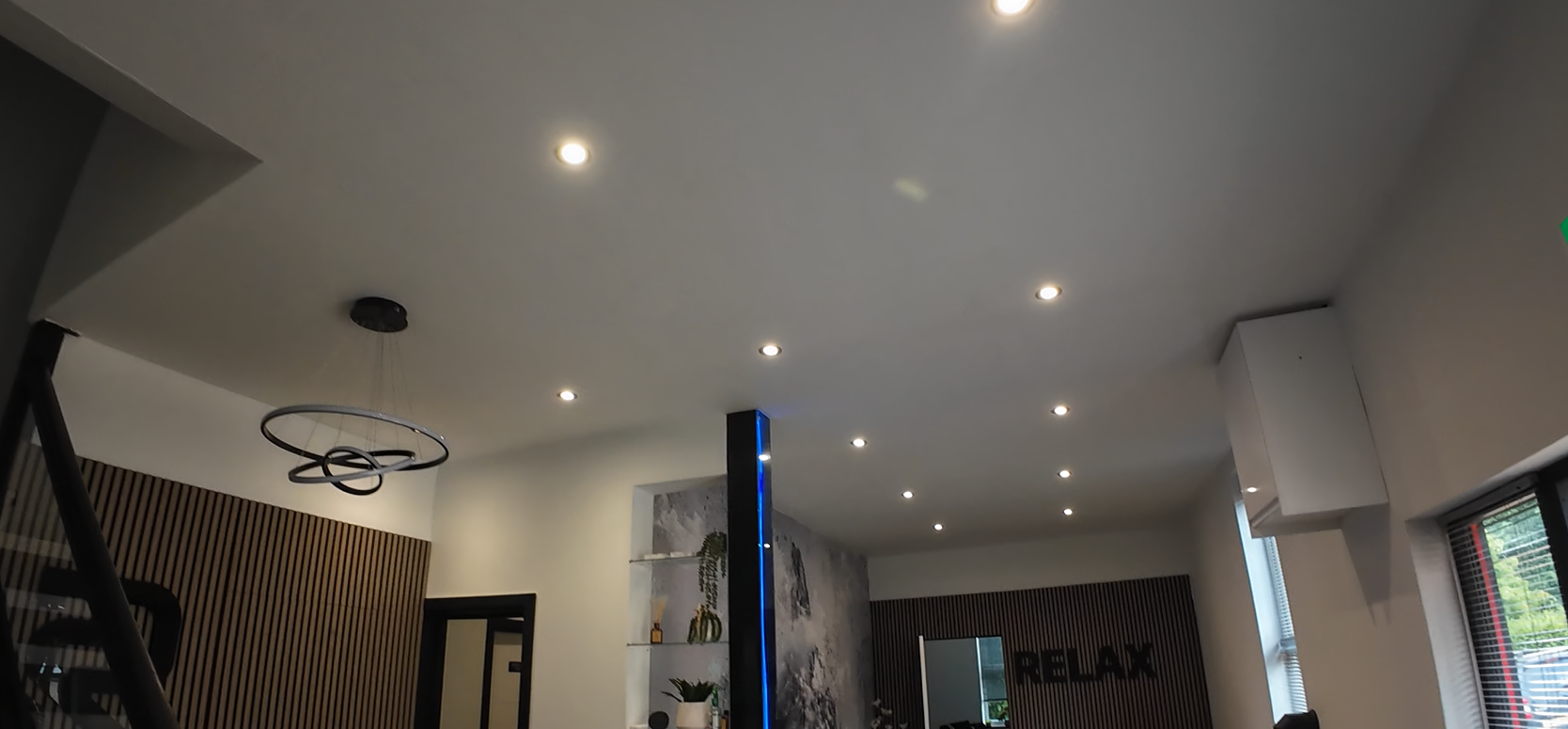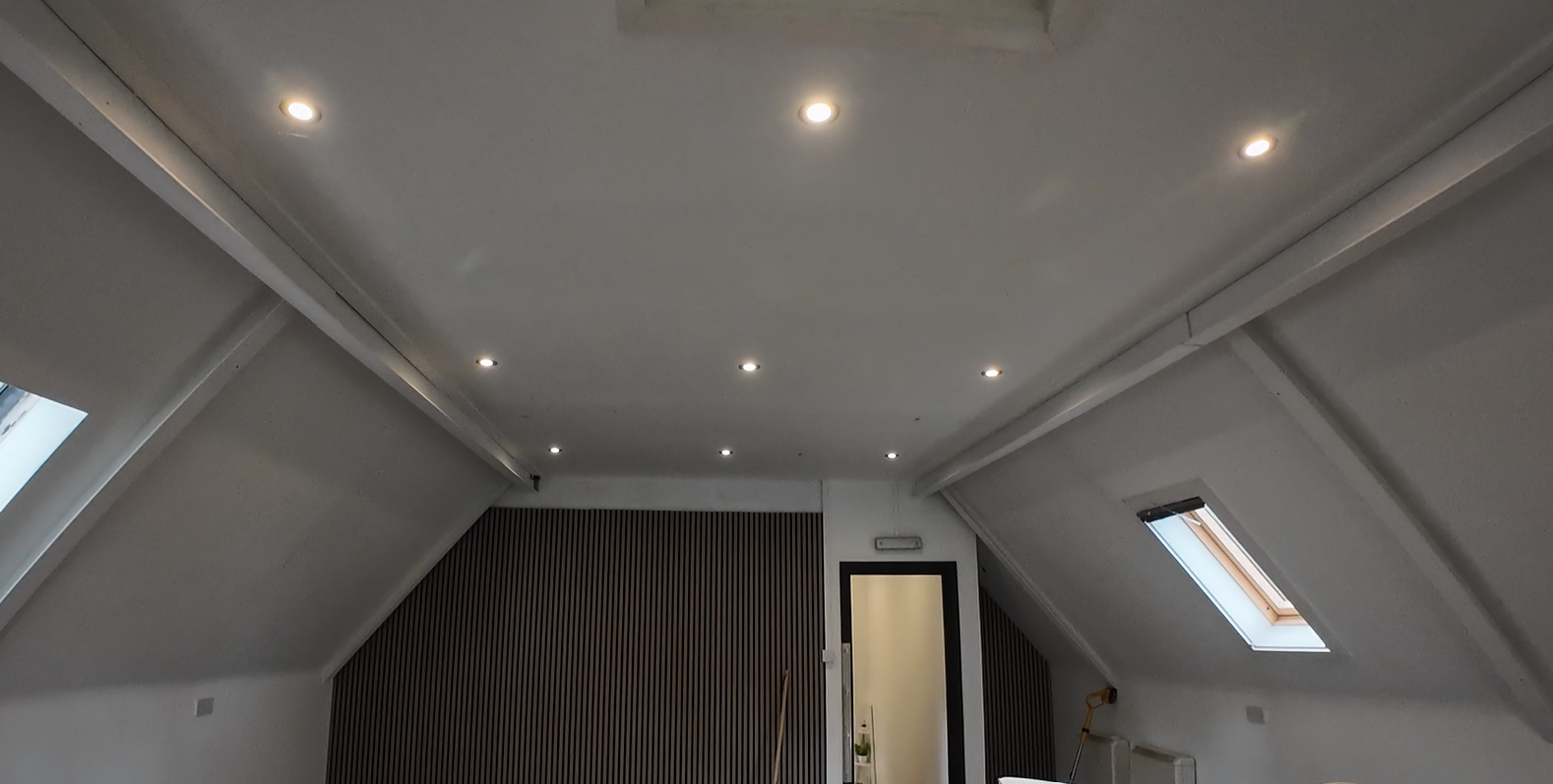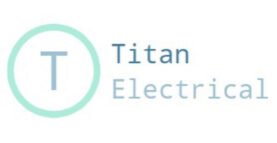Brighten Your Home: The Benefits of an LED Downlight Upgrade
In today’s world, upgrading your home’s lighting system is not just about aesthetics but also about making smarter, energy-conscious choices. Transitioning to LED downlights can significantly reduce energy consumption and lower your electricity bills, making it a wise investment for any homeowner. The benefits of switching from halogen to LED lighting extend beyond cost savings, offering improved lighting quality and a modern touch to your living spaces. If you’re considering a lighting upgrade, finding a reliable electrician near you is crucial to ensure a seamless transition and professional installation. As we explore the environmental impact of LED lighting, we’ll guide you through the latest design trends in LED downlights to help you make informed decisions that enhance both your home’s ambiance and efficiency.
The Advantages of LED Downlights
LED downlights offer numerous benefits for homeowners looking to upgrade their lighting systems. From energy efficiency to improved lighting quality, these modern fixtures are transforming how we illuminate our living spaces.
Energy Savings and Cost Efficiency
LED downlights are known for their exceptional energy efficiency. They use up to 75% less energy than traditional halogen bulbs, resulting in significant savings on electricity bills.
The initial cost of LED downlights may be higher, but the long-term savings make them a smart investment. With a lifespan of up to 50,000 hours, LEDs outlast halogen bulbs by years, reducing replacement costs.
Energy.gov reports that widespread use of LED lighting could save about 348 TWh of electricity by 2027, equivalent to the annual output of 44 large power plants.
Quality of Lighting and Ambiance
LED downlights provide superior lighting quality compared to traditional options. They offer crisp, clear illumination that enhances the appearance of colors and textures in your home.
These lights are available in a range of color temperatures, from warm white to cool daylight. This versatility allows you to create the perfect ambiance for any room or activity.
LED downlights also offer better light distribution, eliminating hot spots and shadows. This results in a more even and pleasant lighting experience throughout your space.
Environmental Impact of LED
LED lighting has a significantly lower environmental impact than traditional lighting options. By consuming less energy, LEDs help reduce greenhouse gas emissions associated with electricity production.
LEDs contain no mercury or other harmful substances, making them safer for the environment when disposed of. Their longer lifespan also means fewer bulbs end up in landfills over time.
The production of LED lights requires fewer resources compared to traditional bulbs, further reducing their environmental footprint.
Choosing the Right LED Downlights
Selecting the appropriate LED downlights for your home involves considering various factors, from light output to design aesthetics. Let’s explore some practical tips and current trends to help you make an informed decision.
Practical Tips for Selection
When choosing LED downlights, consider the following factors:
-
Lumens: This measures light output. For general room lighting, aim for about 10-20 lumens per square foot.
-
Color temperature: Measured in Kelvins (K), this affects the light’s warmth or coolness. 2700-3000K provides a warm, cozy feel, while 5000-6500K offers a cooler, daylight-like appearance.
-
Beam angle: This determines how wide the light spreads. Narrow beams (15-30 degrees) are good for accent lighting, while wider beams (60-120 degrees) work well for general illumination.
-
Dimming capability: If you want adjustable lighting, ensure the LEDs are compatible with your dimming system.
-
IP rating: For bathrooms or outdoor areas, choose downlights with appropriate water resistance ratings.
Design Trends in LED Downlights
Modern LED downlight designs are focusing on sleek, minimalist aesthetics. Slim profiles and edge-lit designs are gaining popularity, offering a clean look when installed.
Color-changing LEDs are trending, allowing users to adjust the light color to suit different moods or activities. Some smart LED downlights can be controlled via smartphone apps or voice commands.
Canless recessed downlights are becoming more common, offering easier installation and a more streamlined look compared to traditional recessed lighting.

Finding a Reliable Electrician
Installing LED downlights often requires professional expertise. Let’s discuss why professional installation is crucial and how to find a qualified electrician in your area.
Importance of Professional Installation
Professional installation of LED downlights is crucial for several reasons:
Safety: Electrical work carries risks if not done correctly. A professional electrician ensures all connections are secure and up to code, reducing the risk of electrical fires or shocks.
Optimal performance: Proper installation ensures your LED downlights function at their best, providing the right amount of light and energy efficiency.
Warranty protection: Many manufacturers’ warranties are only valid if the product is installed by a licensed professional.
Proper installation techniques also help prevent common issues like flickering or premature failure of the lights.
Locating an Electrician Near Me
To find a reliable electrician in your area:
-
Ask for recommendations from friends, family, or neighbors who have recently had electrical work done.
-
Check online directories and review sites for local electricians with good ratings and reviews.
-
Verify credentials: Ensure the electrician is licensed, insured, and has experience with LED lighting installations.
-
Get multiple quotes: Compare prices and services from several electricians before making a decision.
-
Ask about warranties: A reputable electrician should offer a warranty on their work.
Local electrician groups on social media can be a good resource for finding professionals and getting advice on LED lighting upgrades.

